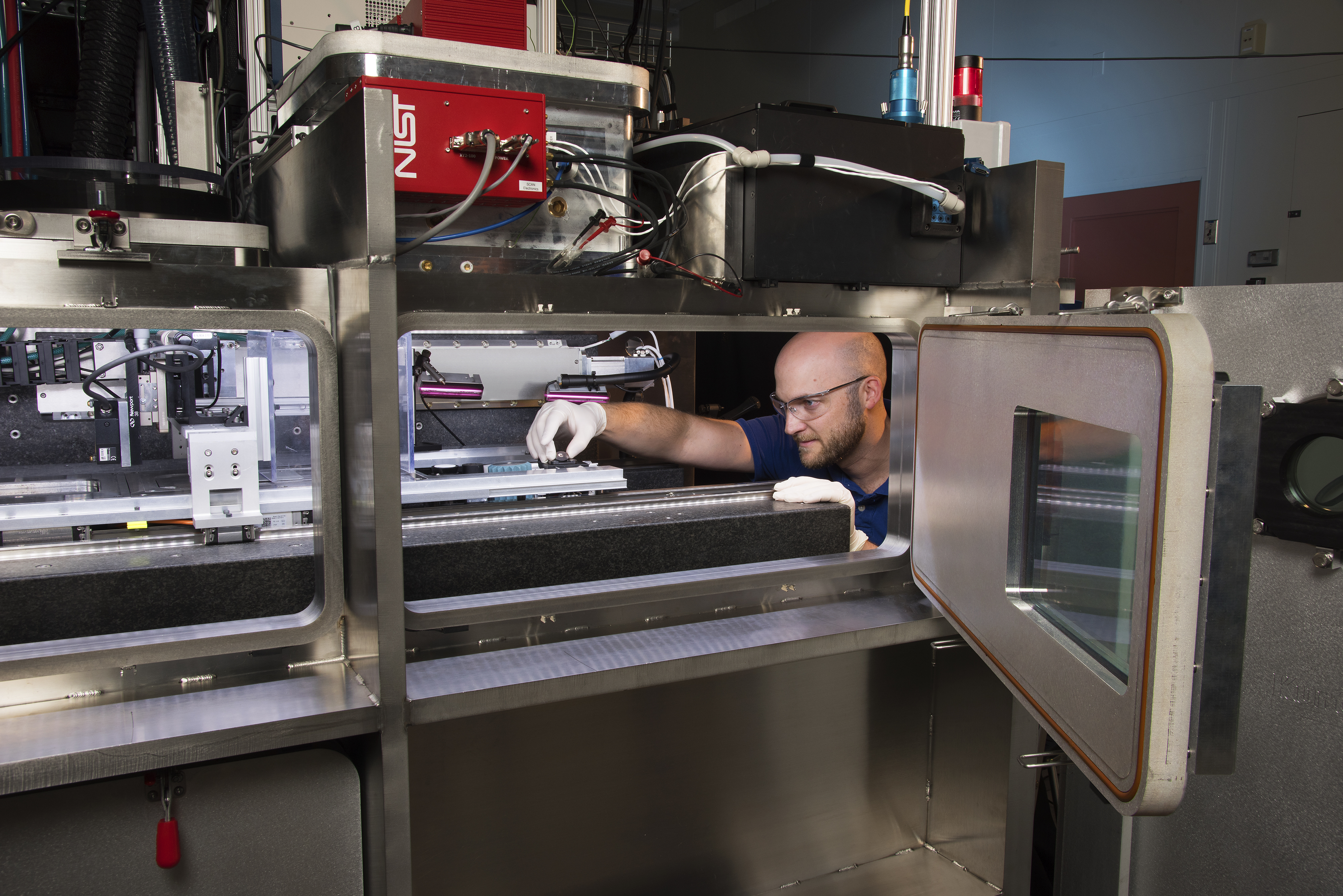
The US National Institute of Standards and Technology (NIST) has awarded nearly US$4 million in grants to develop 3D printing measurement methods and standards.
According to NIST, additive manufacturing (AM) standards require improvement with regards to surface finish and quality issues, dimensional accuracy, fabrication speed, material properties and computational requirements.
The Institute will fund four research projects:
Georgia Tech Research Corporation (US$1 million) This project will analyze data gathered during a powder bed fusion process to control the manufacturing and predict the final properties of the manufactured parts. The goal is to establish a comprehensive basis to qualify, verify and validate parts produced by this technique. The initial focus will be on a titanium alloy for the health care and aerospace sectors.
University of Texas at El Paso (US$1 million) This project will define a test artifact to standardize the collection of data on the process inputs and performance of parts made via laser powder bed fusion. Academic, government and industrial partners will replicate the artifact and collect data on the key inputs to the process and the resulting properties of the artifact for a data repository. The work will lead to a greater understanding of the AM process and will allow for greater confidence in final parts.
Purdue University (US$999,929)
This project aims to reduce the time required to qualify AM parts by developing a standardized approach to predict key performance properties by measuring material microstructures and the use of mathematical models. The work aims to create a streamlined method for industry to understand part performance with less testing than is currently required.
Northeastern University (US$999,464) This project aims to improve sensing approaches and create a suite of sensor technologies that will help improve cold spray AM. Cold spray AM processes have the potential to create parts that are more durable and stronger than those made with other AM processes. New sensors will help characterize the properties of the powder feedstock and the key parameters of the process, such as temperatures and part dimensions, and allow for better control of this promising technique.
NIST says that it also plans to fund additional projects as part of a second phase of awards in the first half of 2021.
‘By addressing important measurement challenges, these projects will improve US manufacturers’ ability to use metals-based additive manufacturing to make high-quality, innovative and complex products at high volume,’ said NIST director Walter G Copan.
This story uses material from the NIST, with editorial changes made by Materials Today. The views expressed in this article do not necessarily represent those of Elsevier.


